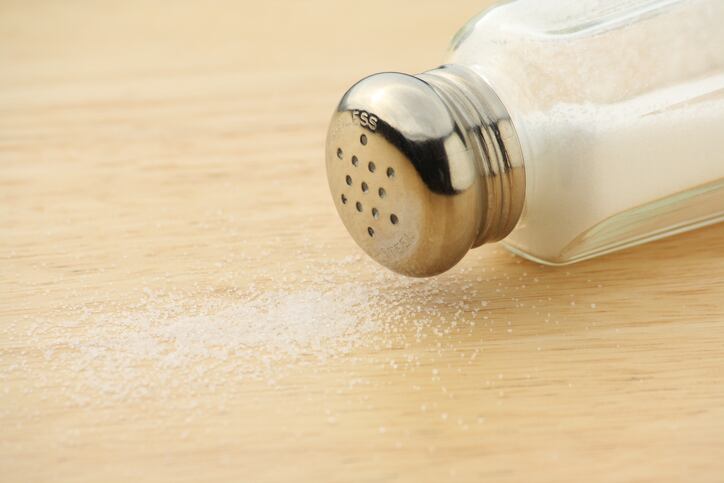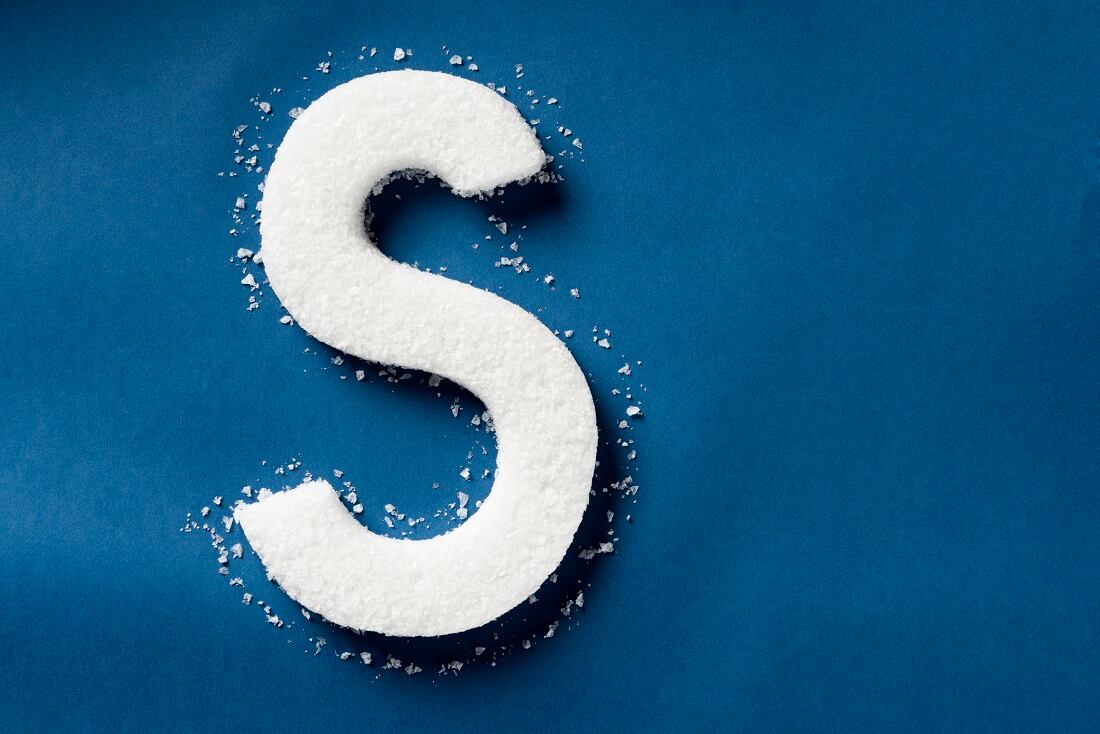In its new global SALTS (Sodium Alternatives and Long-Term Solution Survey), which surveyed 7,090 respondents from seven countries including the US, Ajinomoto found that 64% of consumers know that eating too much sodium is unhealthy, but only 37% pay attention to how much sodium they consume.
An even greater majority (83%) prioritize taste when it comes to their food and beverage purchases, while 55% of consumers surveyed agreed with the statement that low-sodium food is tasteless.
And when it comes to monitoring their daily diets, tracking sodium intake is low on the list as less than half of consumers consider the amount of sodium in food when deciding what to eat, according to the SALTS research, which found that consumers are much more likely to prioritize other food and nutrients such as vegetables, protein, and fruit intake. Sodium ranked sixth globally in consumers' food and nutrition priorities.
In the US, the top three factors consumers consider when deciding what to eat include: amount of sugar, vegetables, and protein.
According to the FDA, Americans eat on average about 3,400 mg of sodium per day. However, the Dietary Guidelines for Americans recommends adults limit sodium intake to less than 2,300 mg per day (roughly equal to 1 teaspoon of table salt).
"Food companies must explore new solutions that reduce sodium and deliver on taste while remaining affordable. Flavor preference varies by country, but the use of umami is a promising solution that remains largely unexplored," said Ajinomoto, which has been promoting the expanded use of MSG as a sodium reduction and flavor-boosting tool for the industry.
MSG, the solution?
While consumers can take matters into their own hands and choose less salty foods and prepare their own food at home where they can control the amount of salt that goes into their meals, the industry can have a much larger role to play, argued Tia Rains, PhD, VP customer engagement & strategic development at Ajinomoto Health & Nutrition North America, Inc.
“Successfully driving sodium reduction will require cooperation across food and beverage companies, national governments, and health professionals, with the ultimate goal to encourage diets that are nutritious, taste great and meet sodium targets,” said Rains, who proposes that instead of relying on salt to season and add flavor to food products, that companies should consider alternatives such as MSG (monosodium glutamate), a flavor enhancer that can be used to reduce sodium in many applications including savory snacks, soups, and sauces.
While the use of MSG is more accepted in other international markets, the ingredient still faces some tough consumer sentiment in the US where many consumers associate the ingredient with negative health symptoms and many retailers list MSG on their list of unacceptable ingredient even though the FDA states that MSG is "generally recognized as safe" (GRAS) to consume stating on its website:
"Although many people identify themselves as sensitive to MSG, in studies with such individuals given MSG or a placebo, scientists have not been able to consistently trigger reactions."
Rains believes that it is time for companies to explore new options to flavoring their foods and consider MSG as an alternative as it contains 2/3 less sodium leading to an up to 61% sodium reduction in a dish or product, according to Ajinomoto.
“There is an opportunity here. If companies make nutritious food taste delicious at a good price point, consumers will buy them, and then companies will make more of these healthier options leading to improved diets and ultimately, a benefit towards public health,” she said.

The FDA has issued long-awaited final guidance for the food industry outlining voluntary, short-term (2.5 year) sodium reduction targets for 163 categories of packaged, prepared, and restaurant foods.
The targets in the new guidance - which finalizes (in part) draft guidance from 2016 outlining short-term (2-year) and long-term (10-year) targets - are designed to cut average daily sodium intake from around 3,400mg to 3,000mg, which is higher than the 2,300mg recommended in the Dietary Guidelines for Americans, acknowledges the agency. Read more HERE.

